Now playing: “A Spectacular Journey Into the Movies!” A cast of thousands! A sweeping spectacle of thrills! Chills! Romance!
Almost unbelievably, the curtain has fallen on another epic, classic Disney dark ride. And so, our Lost Legends series gains a new entry. Park Lore is all about digging into the in-depth stories behind the industry’s most-missed classics. We’ve explored why Magic Kingdom sunk its classic 20,000 Leagues Under the Sea, saw why Disney’s cancelled Beastly Kingdom became Universal’s legendary Lost Continent, checked into California Adventure’s closed Twilight Zone Tower of Terror, braved the perilous streets of New York aboard Kongfrontation, and literally dozens more.
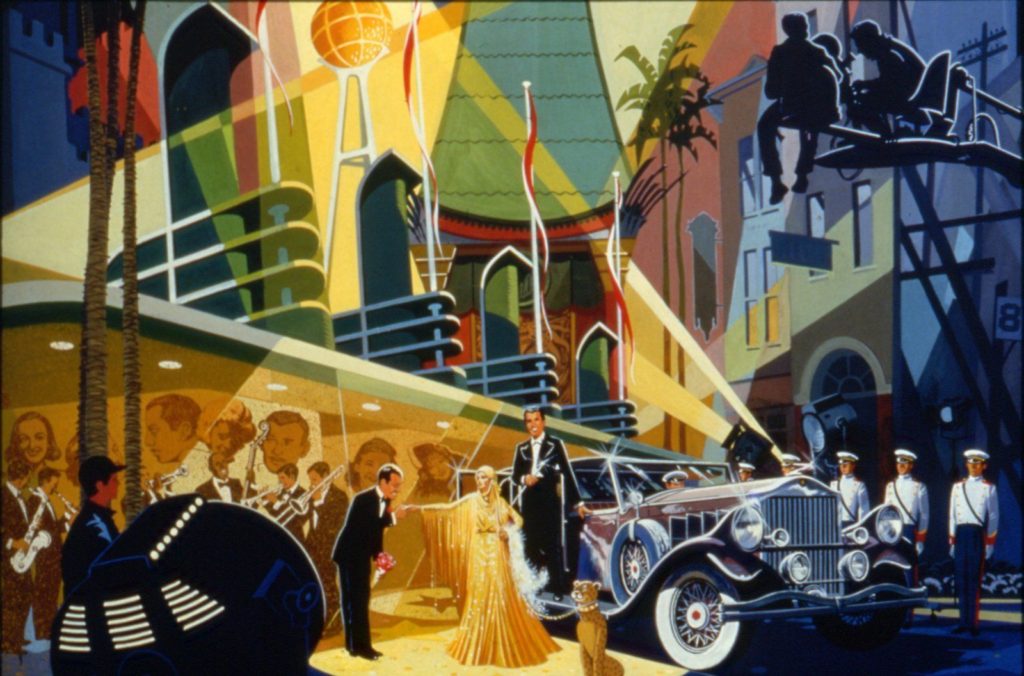
Through telling these in-depth stories, we hope to collect your memories and thoughts to preserve these ride experiences for a new generation of Disney Parks fans who just won’t understand what the big deal was about The Great Movie Ride. That’s why – today – we’ll explore the history of this cinematic wonder and tell the almost unbelievable story of how it came to be; then, we’ll take a ride through its hallowed halls, dissect the places it was almost duplicated, and look to the future of Disney World’s Hollywood-themed park.
And before we head off, remember that you can unlock rare concept art and audio streams in this story, access over 100 Extra Features, and recieve an annual Membership card and postcard art set in the mail by supporting this clickbait-free, in-depth, ad-free theme park storytelling site for as little as $2 / month! Become a Park Lore Member to join the story! Until then, let’s start at the beginning…
Disney, dimmed
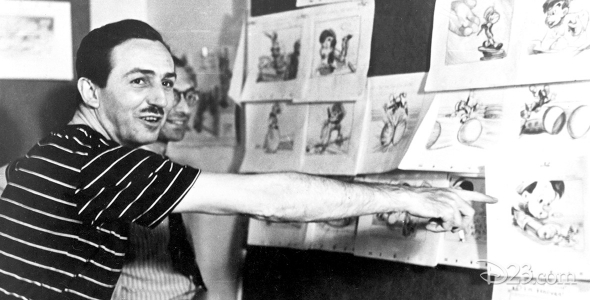
Walt Disney passed away unexpectedly in 1966.
Fifteen years later, the company and the public continued to mull over the same fundamental question: “Should there even be a Walt Disney Productions without Walt Disney?”
That’s because – through the 1970s and early ‘80s, Walt Disney Productions had withered into a shadow of its former self. Year after year after year, Disney just couldn’t seem to get traction at the box office with forgettable and poorly received films like The Cat from Outer Space, The Watcher in the Woods, Herbie Goes Bananas, and The Black Hole.
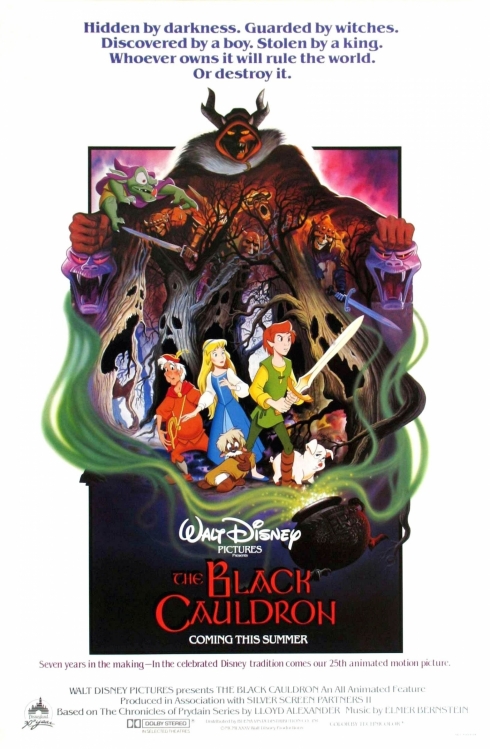
The once-golden animation studio entered into a dark age, releasing poorly received animated films that failed to meet the high water mark set by the studios’ earlier entries, which were already classics… Films from Robin Hood to Oliver and Company simply weren’t hits. In fact, in many regards, 1985’s The Black Cauldron nearly ended Walt Disney Animation entirely and at least momentarily, there was debate about whether Disney should continue trying to develop animated films at all.
Imagine the implications of this: people during this time simply couldn’t have known that Disney would make a comeback and become a household name and hit-maker once again. It stood to reason that Disney was merely a tarnished brand whose best days had been in the past; an unfortunate footnote in a history book of a company whose founder had been too essential to survive without.
Through the ‘70s and ‘80s, Walt Disney Productions endured a number of takeover attempts from outside firms and conglomerates who would’ve likely stripped the company bare and split its assets among subsidiaries. However, shareholders Sid Bass and Roy E. Disney (Walt’s nephew) had a plan… they ousted CEO Ron Miller (Walt’s son-in-law) as president and CEO and brought in someone new…
Cinematic style
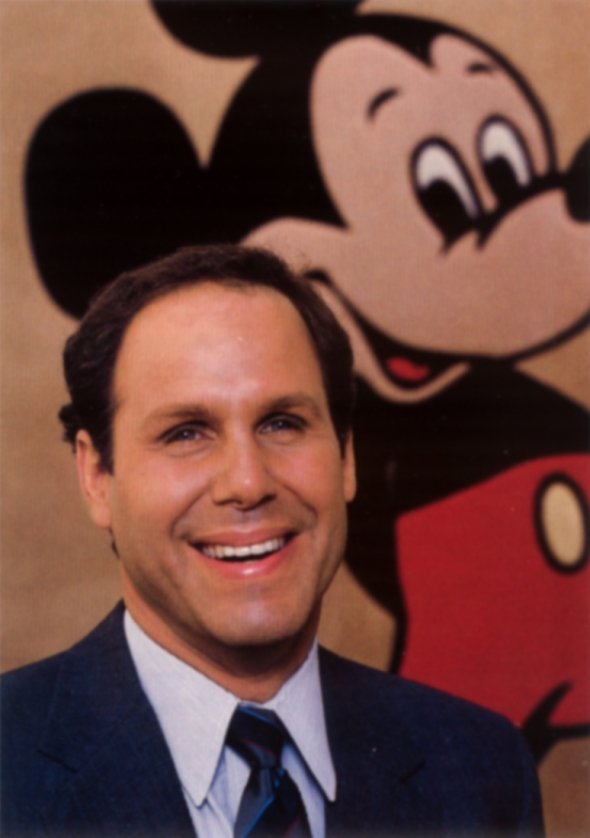
Like so many of the stories in our collection, we arrive once more at perhaps the most pivotal figure in the history of Disney Parks after Walt himself: Michael Eisner. Hired on as Chairman of Walt Disney Productions at its darkest moment, Eisner was Disney’s “hail Mary” pass; a final attempt to right the ship by installing a leader who would know how to fix Disney’s ailing studios (thanks to his previous job – CEO of Paramount).
And yes, under Eisner’s leadership, Disney would rebound at the box office (most memorably, through the so-called “Disney Renaissance” – a long-lost return to form wherein the studio released hit after hit from The Little Mermaid, Aladdin, and Beauty and the Beast to The Lion King, Mulan, and Pocahontas.
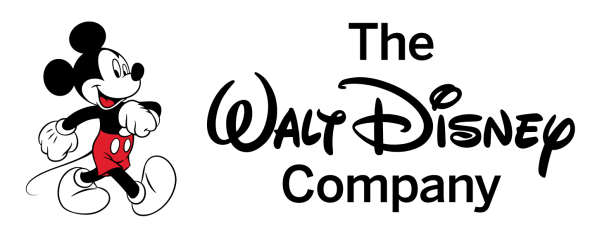
But Eisner was thinking bigger. In 1986, Walt Disney Productions was officially renamed The Walt Disney Company in anticipation of its evolution into the global media empire we know today, offering far more than movies. En route, Eisner led acquisitions of ABC, Miramax, ESPN, Saban Entertainment, and The Muppets; he set up strategic partnerships with Pixar, Paramount, and Lucasfilm; and he was determined that his own bread-and-butter – movies – could be the answer for Disney’s theme parks, too.
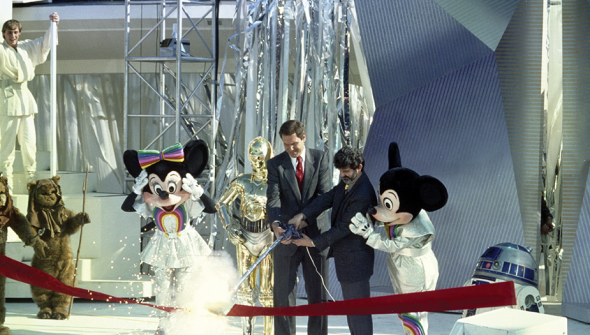
Determined to make Disneyland and Walt Disney World into hip, cool, fresh, current places that appealed to modern audiences, Eisner forged unprecedented partnerships with George Lucas, bringing outside creative forces into Disney Imagineering for the first time (resulting in 1986’s Captain EO, 1987’s STAR TOURS, 1994’s Alien Encounter, and 1995’s Indiana Jones Adventure). And even though they weren’t Disney stories at all, they proved the importance of keeping Disney Parks fresh for new generations, and that movies were the way to do it… Which would lead to a big, big project.
Great Moments at the Movies
If things had gone according to plan, Eisner would’ve overseen an entire pavilion added to EPCOT Center dedicated to the filmmaking industry (elevating “movies” to the level of imagination, energy, life, seas, and other landmark pavilion concepts)!
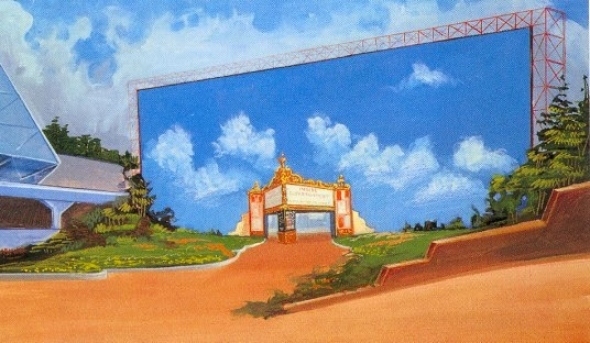
Like most of EPCOT Center’s pavilions, this one (located between Imagination and The Land) would’ve been anchored by a massive dark ride through the greatest (licensing-accessible) scenes in Hollywood history; a love letter to filmmaking and an epic, educational, emotional journey. In fact, this so-called Great Moments at the Movies would’ve been an epic attraction on par with EPCOT Center’s opening-day Lost Legends: World of Motion, Journey into Imagination, or Universe of Energy.
But then something happened that caused Disney to rethink its plans.
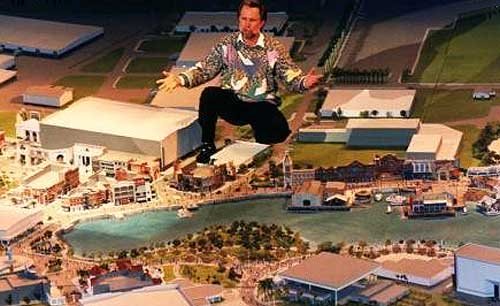
Since 1964, Universal Studios in Hollywood, California had been operating a sort of quasi-theme park centered around a massive central attraction: a multi-hour, tram-led tour of their real production facilities dating to 1912. But for the better part of the ’80s, executives at Universal’s parent company, MCA, had been toying with the idea of opening a studio campus in Central Florida with an East Coast version of its legendary Studio Tour…. whisperings that Eisner may or may not have been privvy to in his former role at Paramount.
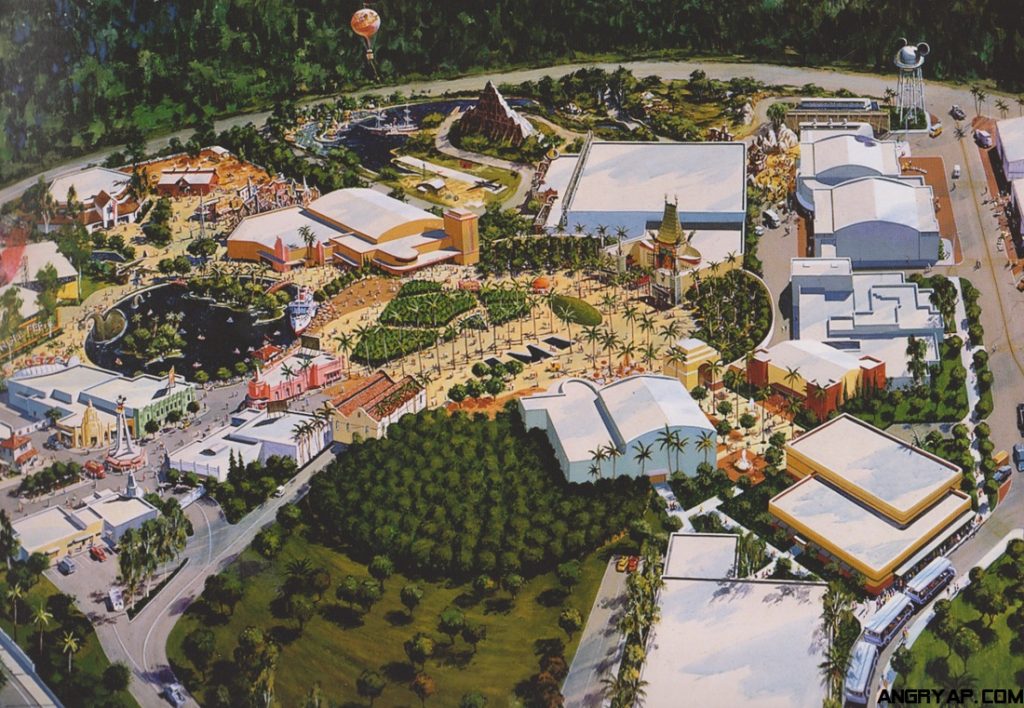
Of course, a brand new starring attraction right in Disney’s back yard would pose serious threat to Magic Kingdom and Epcot’s attendance. So as the story goes, Eisner quickly greenlit Disney’s own studio park for Central Florida – one that was not-coincidentally anchored by a studio tour, no less– in hopes that the preemptive strike would scare Universal out of its plans entirely.
It didn’t. Both parks rushed through from concept to construction with Disney’s skating ahead (likely thanks to its smaller scale and the Reedy Creek Development District, effectively allowing Disney to approve its own construction permits). But just as Disney had relied on existing, outside intellectual property to power its pop-infused attractions in the ’80s, it would need brand backup for its new park…
It wasn’t called The Disney Studios, was it? Read on…


